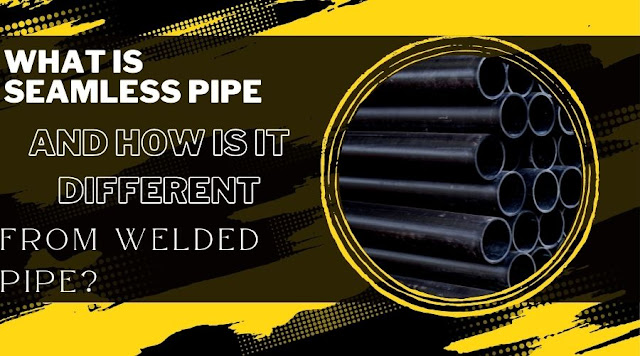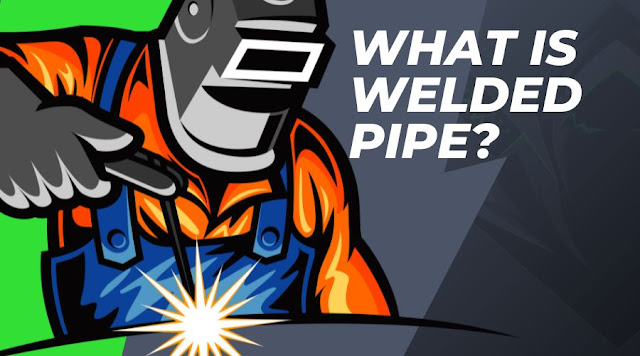If you have ever been faced with selecting the piping system best suited for your needs, chances are, you will come across pipes that can be either seamless or welded. If you need clarification on the difference between these pipes, this article will help clear any confusion. We will also go into information depth on some of the critical properties of each different type so that you can make the right and informed decision.
Introduction
Welded and seamless pipe are terms often used interchangeably, but they have different meanings. Welded pipe is manufactured by taking a flat plate or piece of steel and rolling it into a tube shape, then welding the seam together to close it up. Seamless pipe is made by taking a substantial part of steel and heating it up until it melts, then shaping it into a tube and cooling it so that the weld lines disappear.
The main difference between these two types of pipe is their construction method. Welded pipe is made by welding together pieces of steel, while the seamless pipe is made from a single piece of steel that is heated and shaped into a tube. Seamless pipe generally has better dimensional accuracy than welded pipe, and because it doesn't have any weld seams, it can sometimes be thinner and lighter.
If you're unsure which type of pipe to use for your project, ask your welded pipe nipple manufacturer or contractor for their recommendation. In most cases, either type of pipe will work just fine.
What is Seamless Pipe?
Seamless pipe is a type of pipe that is made without any seams or welds. It is a smooth, hollow tube used in many different applications. Seamless pipe is stronger and more durable than welded pipe and can be bent and shaped into different sizes and shapes. Seamless pipe is also easier to install than welded pipe.
What is Welded Pipe?
The Advantages of Seamless Pipe
There are many advantages to using seamless pipe instead of welded pipe. First, the seamless pipe has superior strength because it is made from a single piece of metal. Second, seamless pipe is easier to install because it does not require welding or bolting. The third seamless pipe does not have the potential for leaks or bursting because it has no joints that can fail. Finally, seamless pipe costs less than welded pipe because it requires less labor and material to produce.
The Disadvantages of Seamless Pipe
While seamless pipe does have some advantages, there are also some disadvantages associated with it. These include:
1. Cost: Seamless pipe is typically more expensive than welded pipe.
2. Lead time: Seamless pipe can take longer to produce than welded pipe.
3. Strength: Welded pipe is typically more robust than seamless pipe.
4. Corrosion resistance: Seamless pipe is more corrosion-resistant than welded pipe.
The Advantages of Welded Pipe?
There are many advantages to using welded pipes. One of the main advantages is that it is much cheaper than seamless pipe. Welded pipe is also easier to produce than seamless pipe. Another advantage of welded tube is that it is much easier to transport than seamless pipe. The welded pipe can be stacked and shipped on pallets, while seamless pipe must be transported on specialized trucks. Finally, the welded pipe can be made from various materials, including carbon steel, stainless steel, and aluminum, while the seamless pipe is typically only made from carbon steel.
The Disadvantages of Welded Pipeline
Welded pipelines are prone to leaks and ruptures. This is because the welding process creates weak points in the metal that can give way under high pressure. Seamless pipes, however, do not have any welds or joints. This makes them much more robust and less likely to leak or rupture.


Comments
Post a Comment